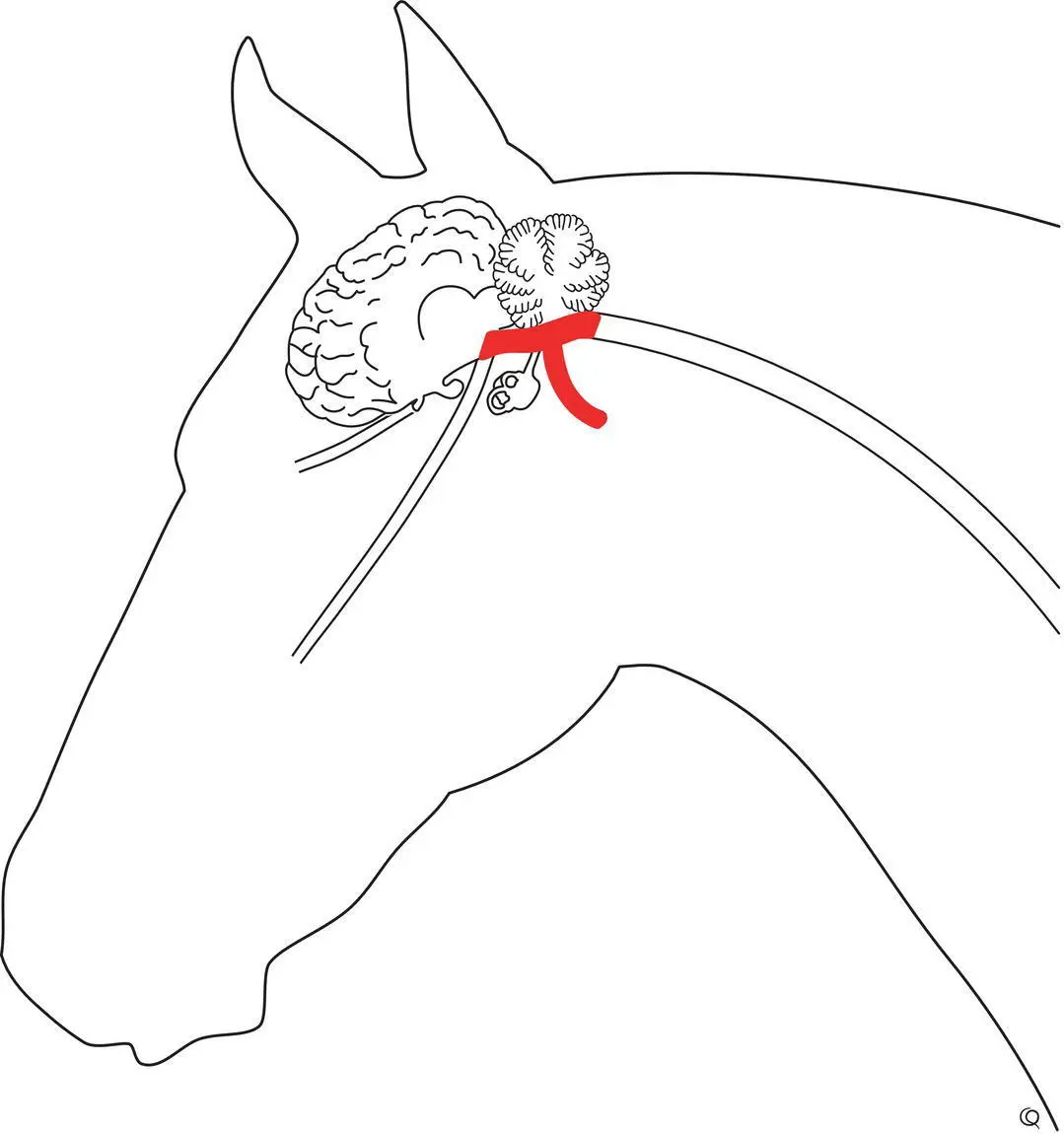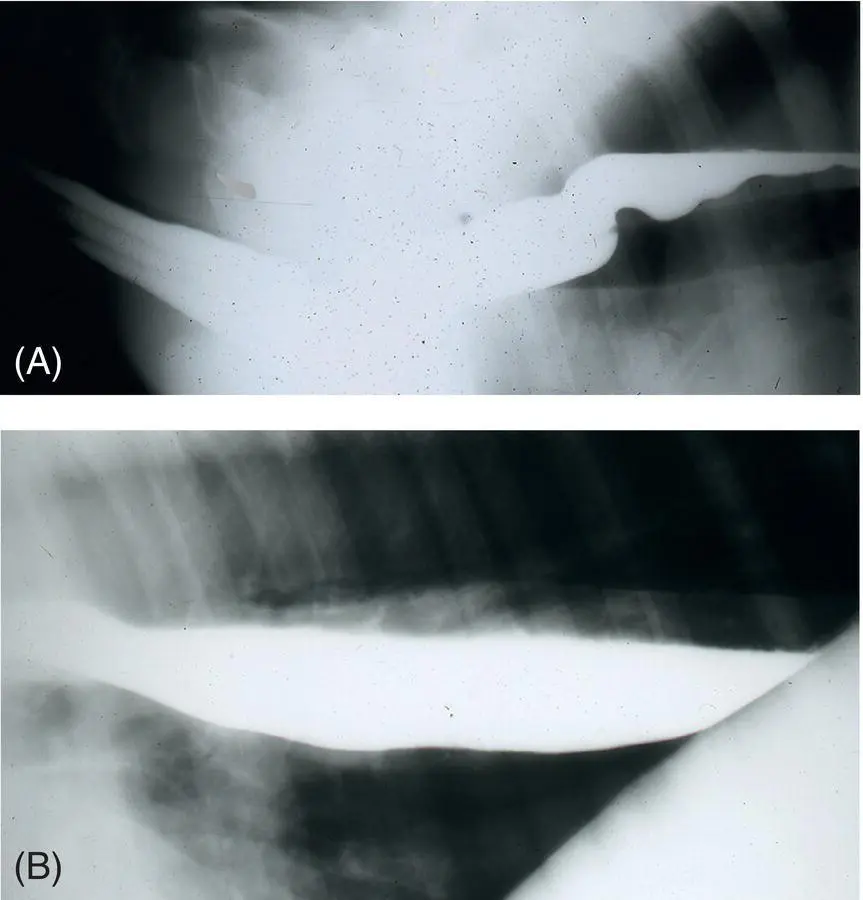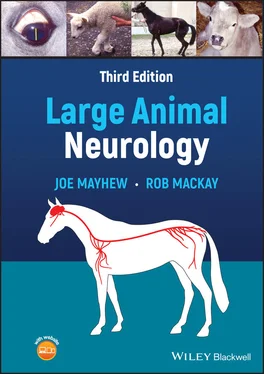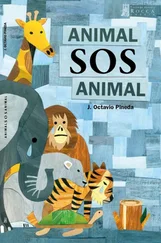2 2 Mullen KR, Rivera BN, Tidwell LG, et al. Environmental surveillance and adverse neonatal health outcomes in foals born near unconventional natural gas development activity. Sci Total Environ 2020; 731: 138497.
3 3 Giguère S, Weber EJ and Sanchez LC. Factors associated with outcome and gradual improvement in survival over time in 1065 equine neonates admitted to an intensive care unit. Equine Vet J 2017; 49(1): 45–50.
4 4 Vidovic A and Delling U. Aryepiglottic fold augmentation as treatment for late‐onset dysphagia following surgical treatment of recurrent laryngeal neuropathy. Tierarztl Prax Ausg G Grosstiere Nutztiere 2017; 45(4): 219–225.
5 5 Barakzai SZ, Dixon PM, Hawkes CS, Cox A and Barnett TP. Upper esophageal incompetence in five horses after prosthetic laryngoplasty. Vet Surg 2015; 44(2): 150–155.
6 6 Dixon RM, McGorum BC, Railton DI, et al. Long‐term survey of laryngoplasty and ventriculocordectomy in an older, mixed‐breed population of 200 horses. Part 1: Maintenance of surgical arytenoid abduction and complications of surgery. Equine Vet J 2003; 35(4): 389–396.
7 7 Gomez DE, Desrochers A, Francoz D, et al. Pharyngeal trauma in dairy cattle: 27 cases. J Vet Intern Med 2019; 33(4): 1833–1839.
8 8 Hudson NPH, McGorum BC and Dixon PM. A review of 4 cases of dysphagia in the horse: buccal abscess, lingual abscess, retropharyngeal foreign body and oesophageal obstruction. Equine Vet Educ 2006; 18(4): 199–204.
9 9 Covington AL, Magdesian KG, Madigan JE, et al. Recurrent esophageal obstruction and dysphagia due to a brainstem melanoma in a horse. J Vet Intern Med 2004; 18(2): 245–247.
10 10 McConkey S, Lopez A and Pringle J. Extramedullary plasmacytoma in a horse with ptyalism and dysphagia. J Vet Diagn Invest 2000; 12(3): 282–284.
11 11 Barbosa JD, de Oliveira CMC, Duarte MD, et al. Poisoning of horses by bamboo, Bambusa vulgaris. J Equine Vet Sci 2006; 26(9): 393–398.
12 12 Divers TJ, de Lahunta A, Ducharme NG, Irby NL and Scrivani PV. Temporohyoid osteoarthropathy. Clin Tech Eq Pract 2006; 5(1): 17–23.
13 13 Pease AP, van Biervliet J, Dykes NL, Divers TJ and Ducharme NG. Complication of partial stylohyoidectomy for treatment of temporohyoid osteoarthropathy and an alternative surgical technique in three cases. Equine Vet J 2004; 36(6): 546–550.
14 14 Walker AM, Sellon DC, Cornelisse CJ, et al. Temporohyoid osteoarthropathy in 33 horses (1993–2000). J Vet Intern Med 2002; 16(6): 697–703.
15 15 Greet TR. Outcome of treatment in 35 cases of guttural pouch mycosis. Equine Vet J 1987; 19(5): 483–487.
16 16 Lepage OM and Piccot‐Crezollet C. Transarterial coil embolisation in 31 horses (1999–2002) with guttural pouch mycosis: a 2‐year follow‐up. Equine Vet J 2005; 37(5): 430–434.
17 17 Hahn CN. Miscellaneous disorders of the equine nervous system: Horner’s syndrome and polyneuritis equi. Clin Tech Eq Pract 2006; 5(1): 43–48.
18 18 Vatistas N and Mayhew IG. Differential diagnosis of polyneuritis equi. In Pract 1995; 17: 26–29.
19 19 Vatistas NJ, Mayhew IG and Whitwell KE. Polyneuritis equi: a clinical review incorporating a case report of a horse displaying unconventional signs. Prog Vet Neurol 1991; 2: 67–72.
20 20 Johnstone LK, Engiles JB, Aceto H, et al. Retrospective evaluation of horses diagnosed with neuroborreliosis on postmortem examination: 16 cases (2004–2015). J Vet Intern Med 2016; 30(4): 1305–1312.
21 21 Wilkins PA and Palmer JE. Botulism in foals less than 6 months of age: 30 cases (1989–2002). J Vet Intern Med 2003; 17(5): 702–707.
22 22 Whitlock RH. Botulism, type C: experimental and field cases in horses. Eq Pract 1996; 18(10): 11–17.
23 23 van der Lugt JJ, Henton MM and Steyn BG. Type C botulism in sheep associated with the feeding of poultry litter. J S Afr Vet Assoc 1996; 67(1): 3–4.
24 24 Schoenbaum MA, Hall SM, Glock RD, et al. An outbreak of type C botulism in 12 horses and a mule. J Am Vet Med Assoc 2000; 217(3): 340, 365–368.
25 25 Kelch WJ, Kerr LA, Pringle JK, Rohrbach BW and Whitlock RH. Fatal clostridium botulinum toxicosis in eleven Holstein cattle fed round bale barley haylage. J Vet Diagn Invest 2000; 12(5): 453–455.
26 26 Braun U, Feige K, Schweizer G and Pospischil A. Clinical findings and treatment of 30 cattle with botulism. Vet Rec 2005; 156(14): 438–441.
27 27 Brihoum M, Amory H, Desmecht D, et al. Descriptive study of 32 cases of doxycycline‐overdosed calves. J Vet Intern Med 2010; 24(5): 1203–1210.
28 28 Botha CJ, Schultz RA, Van der Lugt JJ, Retief E and Labuschagne L. Neurotoxicity in calves induced by the plant, Nierembergia hippomanica Miers var. violacea Millan in South Africa. Onderstepoort J Vet Res 1999; 66(3): 237–244.
29 29 Araya O, Vits L, Paredes E and Ildefonso R. Grass sickness in horses in southern Chile. Vet Rec 2002; 150(22): 695–697.
30 30 Vörös K, Bakos Z, Albert M, Barátossy G and Fejér B. Occurrence of grass sickness in Hungary (Hungarian). Magyar Allatorvosok Lapja 2003; 125(2): 67–74.
31 31 Cottrell DF, McGorum BC and Pearson GT. The neurology and enterology of equine grass sickness: a review of basic mechanisms. Neurogastroenterol Mot 1999; 11: 79–92.

Dilated esophagus can be due to obstruction or primary dysfunction of the esophagus. Permanent dilation of the esophagus or megesophagus is not frequently seen in large animals. However, it has been observed with chronic intra‐ and extraluminal esophageal obstruction caused by lower esophageal sphincter scarring and ulceration, persistent right aortic arch, severe pneumonia with dyspnea and with gastroesophageal ulceration, and associated bruxism, retching and aerophagia. Such causes are far more common than primary neuromuscular esophageal dysfunction that does however occur in the proximal esophagus as a complication of laryngeal surgery. 1
Regional aganglionosis and deficiency of neural elements have been purported to be congenital neural causes of megaesophagus. 2Also, some young foals showing nasal regurgitation of milk may have primary esophageal muscular lesions seen at postmortem examination; however, others diagnosed as having neonatal encephalopathy do well with supportive care so euthanasia should not be embarked upon too quickly. 3–5

Figure 16.1 Dilation of the esophagus with regurgitation in large animals is most frequently due to upper gastrointestinal obstruction or due to functional disorders such as equine dysautonomia and ruminant vagal indigestion. Megaesophagus can accompany botulism, but otherwise it is only rarely seen without an esophageal stricture. These two cases demonstrated with contrast esophagram (A and B) had acquired, mild, generalized, fluctuant, somatic weakness and poor esophageal function of several months duration for which there was no definitive pathologic lesion determined.
A dilated esophagus is seen in several diffuse myasthenic syndromes, many of which defy specific diagnosis ( Figure 16.1), and some degree of paresis and dilation of the esophagus is one of the hallmarks of the paralytic gastrointestinal syndrome in horses from Europe and from Patagonia, known as grass sickness and Mal Seco, respectively.
A familial form of megaesophagus particularly involving the thoracic esophagus occurs in Friesian horses in Europe which is associated with increased deposition of disorganized collagen mainly in the nondilated portion of the esophagus and a decrease in neural elements. 6,7
Читать дальше














